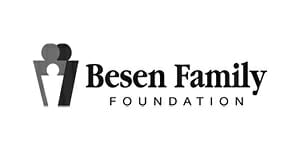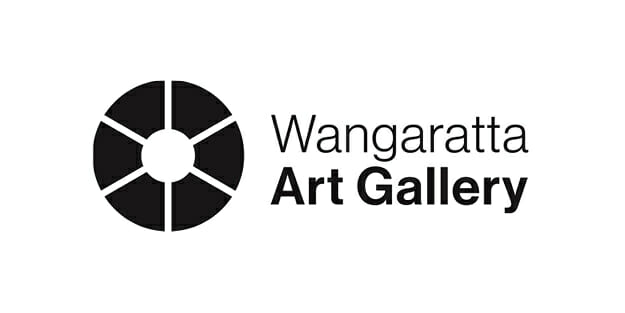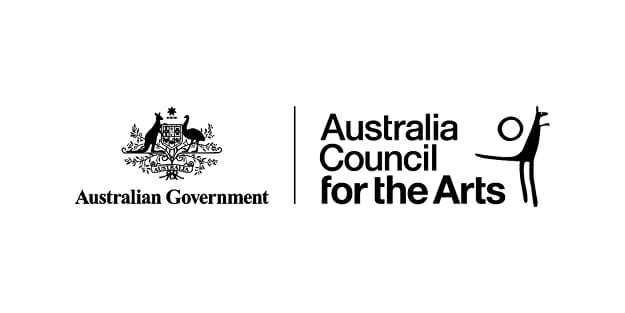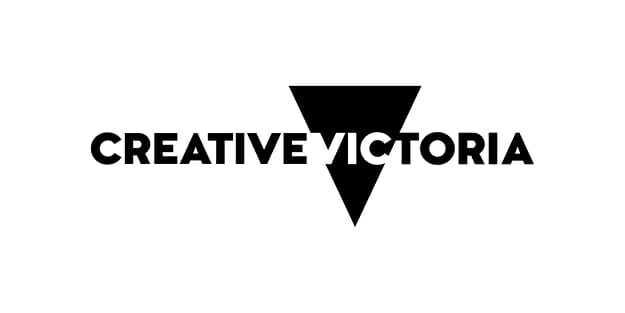Boorhaman Residency Program
The Boorhaman Residency Program operated in 2017-18 and led to the establishment of Residency Projects Inc., which was replaced by InPlace in 2021, marking major changes and an expansion in the organisation’s scope.
The Town
Acknowledgement
This project has been assisted by the Australian Government through the Australia Council, its arts funding and advisory body, the Victorian Government through Creative Victoria and by the Besen Family Foundation through Creative Partnerships Australia’s Cultural Fund.
Supporters
The Town
Boorhaman
The rural town of Boorhaman is situated in North East Victoria, about half an hour from Wangaratta. It is Bpangerang and Yorta Yorta country and sits along a beautiful stretch of the Torryong (Ovens River). According to the Yorta Yorta Nation Aboriginal Corporation website, their land covers a wide stretch of the Murray River “roughly from Cohuna to Albury/Wodonga”, the country now known as Dockers Plains, Boorhaman and Boorhaman North fall within this. They are river people who traditionally make use of the Murray and all its offshoots, fishing and hunting on the land (2012).
The Pangerang/Bangerang have had similar uses for the land and recognise their land stretching across the Kiala (Goulburn) and Torryong (Ovens) rivers (Dowling, F 2010). One of the early white colonists to settle in the area was Joseph Docker, who in c1840 settled at a property in Dockers Plains still known as Bontharambo. From the time of the Docker’s settlement, who recognised the natural resources of the area, Boorhaman was divided up for farming. It remains an agricultural area today, with farming of mostly beef, sheep and wheat crops.
The central area of Boorhaman has about 25 residents, and the surrounding farming properties make up a further 125 houses (RCoW, 2011). The central area of Boorhaman has a church, hotel, Country Fire Authority (CFA) shed, golf club, community hall, tennis club, a recreational reserve and the closed primary school (now privately owned). These areas attract a range of activities from Sunday church services, weddings, sporting tournaments, fundraising events and community parties. Most of the residents work on the farming properties or in nearby towns to which they commute.

Local farmer and long-time neighbour to the Boorhaman Primary School, Barry Byrne, with Eugene Howard. Photo: Kate Hill
Boorhaman Residency Program
During the Boorhaman Residency Program Melbourne based artists Dylan Martorell and Chaco Kato lived and worked in the rural town of Boorhaman, in North East Victoria, creating ambitious artworks at the disused Boorhaman Primary School.
These artists used various materials found on site and from around the region, with other materials carefully sourced when bought new so as to align as closely as realistically possible with the material and environmental ethics of Residency Projects. Throughout the three weeks there were workshops, school visits, artist talks and an open day – marking the end of the program with a publicly accessible day of celebrations. As a further iteration of this residency there was an exhibition at the Wangaratta Art Gallery in February 2018. Artists installed artworks made on site at the Boorhaman Primary School or that were a reflection of their time spent in Boorhaman. The exhibition was curated by Residency Projects Co-Directors Kate Hill and Eugene Howard.

Audience members listening to Chaco Kato’s artist talk in the storage shed. Photo: Eugene Howard
We were delighted to bring this vibrant program of events and conversation to the beautiful rural town of Boorhaman in Victoria’s North East. Residency Projects was fortunate to have gained exclusive access to the dis-used Boorhaman Primary school through the State Government of Victoria, we thank the many people involved in making this project a reality: The Department of Premier and Cabinet, Premier the Hon. Daniel Andrews MP, the Department of Education and Training, the Department of Treasury and Finance and the Deputy Premier Education Minister the Hon. James Merlino MP.
The Site
Boorhaman Primary School
Boorhaman Primary School (BPS) opened in 1877 and operated as a Public State School until it’s closure in 2008. Since this date it has remained vacant, with assets such as computers, furniture and play equipment removed from the site in accordance with the procedure followed by the state government when a school is subject to closure.
The BPS site had: seven buildings, one football oval, a small olive grove, various garden beds and a barbecue. The existing buildings include: the original schoolhouse, two portables (a former classroom and staff room), one permanent classroom (formerly the resource room), a toilet block and two small sheds.

The Boorhaman State School in 1977.
Essay
Below is an extract from Abbra Kotlarczyk’s essay on the work of Residency Projects and the Boorhaman Residency Program, published in Art+Australia
One Saturday morning I arrive at Murnong House, family in tow, to an old homestead five minutes’ drive from the site of the program at the centre of the small town of Boorhaman, population 126. The property is accessed by two cattle gates, a periphery of citrus orchards and daubs of wattle that pop with the last rites of the spring season. The homestead is host to artists-in-resident Chaco Kato and Dylan Martorell, program founders and managers Kate Hill and Eugene Howard and visiting family members and guests. The house is old and well loved, with themed rooms honouring its owners’ occupations as Geologist on the one hand and Zoologist/Botanist on the other. Snake skins hang above the dining room door and the bathroom walls are papered floor to ceiling with Art Nouveau flowers of William Morris era, if not actually original.
On entering the house, I gesture to its significance and ask how the connection to place was made. With a prior knowledge of Hill having been raised and schooled in Boorhaman, and her and Howard’s protracted history having studied together and as continuing collaborators, Howard makes the connection known. The house was owned by family friends, with visits to Boorhaman as a young person signifying his own personal relationship with the town before he and Hill ever met. He lets me in on a winsome moment the two shared at university when learning of this shared history. Despite having known these two and the basis of their relationship for many years, I arrive at an increased sense of kinship as I start to stack up the many layers of this project that resound with new conviction.
It is at this point that a lithe approach to hospitality starts to gather in my mind, as a kind of puzzle piecing of the various actants that have enabled this project–artists, managers, sites, communities, funding bodies, materials and channels of internal and external feedback. There is no one host in this nexus, but rather a series of interchangeable relations that are responsible for the holding and being held: from the lemon-scented gum tree that holds Kato’s large weaving work; the structure of the school building that holds Martorell’s interactive sound installation; the various sites that hold the resident artists and managers and the program that holds the community in an open invitation for creative engagement.
- Abbra Kotlarczyk (Art+Australia)

Participants in Dylan Martorell’s workshop series for rural young people at the Boorhaman Primary School. Photo: Eugene Howard
Supporters
In the lead up to this program and throughout, we have received much support from friends, community members and organisations, we thank the following: Alan and Colline Muir for generously providing the Myrnong farmhouse; The Buffalo Brewery; Bruck Textiles for contributing material offcuts; Cathy McGowan (then Federal MP for Indi); Helen Hill for cooking, community facilitation, running countless errands and being such a tireless, generous supporter; Ian and Faye for mowing the entire old school; Judy, Barry and Merryn Byrne for roast dinners, ongoing guidance, sourcing old farm machinery and their endless generosity and good humour; Justine Ambrosio (Rural City of Wangaratta Council); Millie Cattlin and Joe Norster (Co-Directors, The Projects); Simone Nolan (Director Wangaratta Art Gallery); and the State Government of Victoria including the Department of Education and Training, Department of Treasury and Finance, and the Department of Premier and Cabinet.
Acknowledgement
This residency took place on unceded Bpangerang and Yorta Yorta land and we acknowledge the Bpangerang and Yorta Yorta as the first and continuing custodians of the land and waters in this region. We pay respects to Elders, past, present and becoming. We particularly thank Bpangerang Elders Aunty Better Cherry and Uncle Freddy Dowling for their support.

A participant in the Boorhaman Public Open Day watching a video installation in the sports shed at the Boorhaman Primary School. Photo: Eugene Howard







